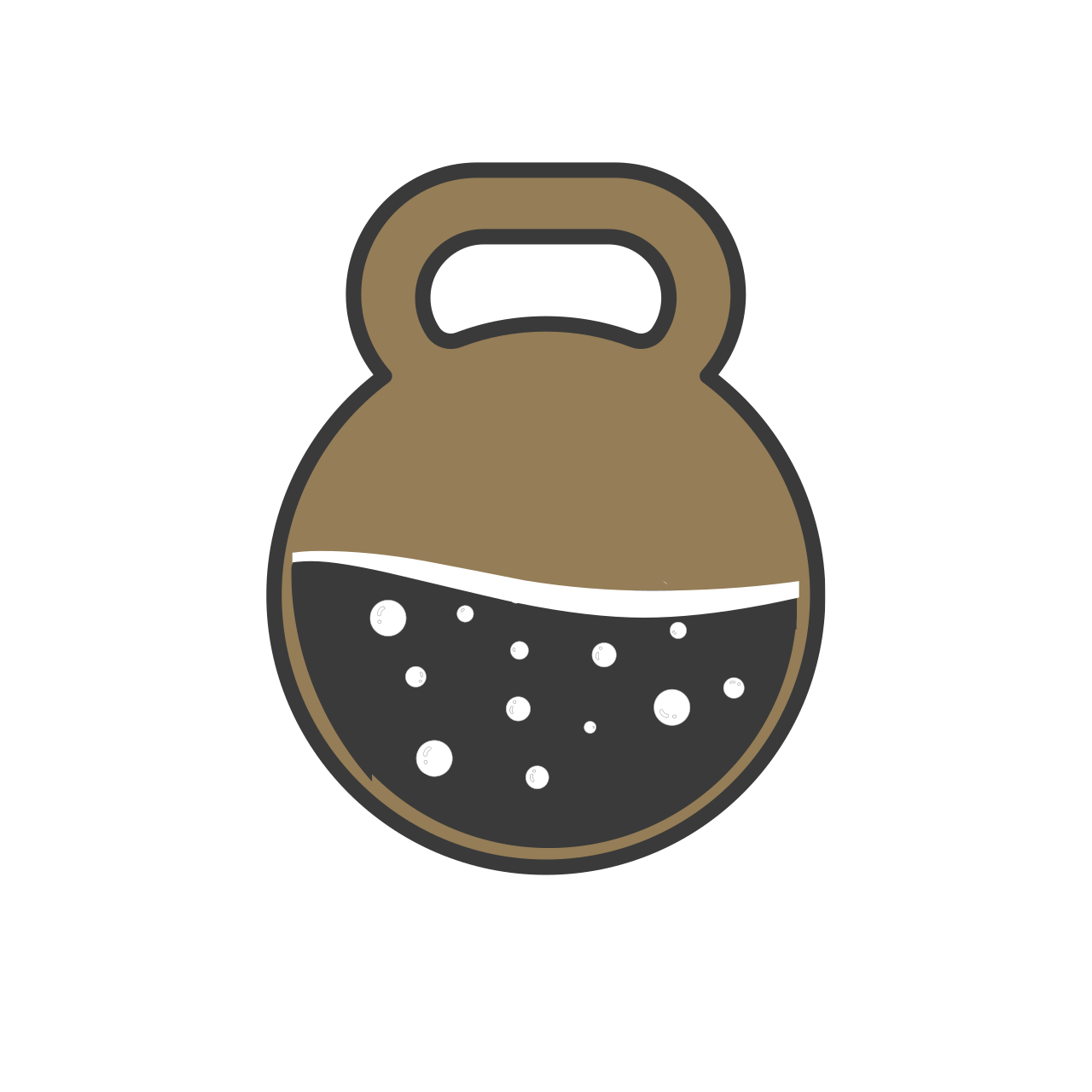Biofeedback & Recovery — The Science of Smart Training
How tracking your body’s signals helps you train harder, recover faster, and stay injury-free.
More data doesn’t always mean more progress — but the right data can change everything. Heart rate variability (HRV), resting heart rate, sleep tracking, and recovery metrics give us a window into how our nervous system responds to training stress.
At Control Lab, we use movement as feedback — but biofeedback takes it a step further. It’s science in action: using measurable signals from your body to guide smarter decisions about when to push and when to pull back.
The Science
Your autonomic nervous system (ANS) has two gears:
The sympathetic (“fight or flight”) state — where training and performance happen.
The parasympathetic (“rest and digest”) state — where recovery and adaptation occur.
HRV measures the variation in time between heartbeats — a direct indicator of how well these systems are balanced. A higher HRV generally means better resilience and recovery capacity. Low HRV for multiple days? That’s a red flag — your body needs rest, not more stress.
Tracking doesn’t replace intuition — it enhances it. When you start to see correlations between sleep, stress, hydration, and performance, you gain control over the variables that matter most.
How to Use Biofeedback in Training
Morning Check-In: Record resting heart rate and HRV (most wearables do this automatically).
Reflect Weekly: Notice patterns — does your HRV dip after poor sleep or high-intensity sessions?
Adjust Intelligently: Use low-HRV days for mobility, technique, or zone-2 cardio. Use high-HRV days for strength or conditioning.
Take Control
✅ Use the data, don’t chase it. Let biofeedback guide consistency, not obsession.
✅ Track one metric at a time. Start with HRV or sleep, not all at once.
✅ Pair metrics with mindfulness. Numbers mean more when you know how you feel.
Closing
The best athletes listen to their bodies before their watches. Biofeedback simply sharpens that intuition with real-time science.

